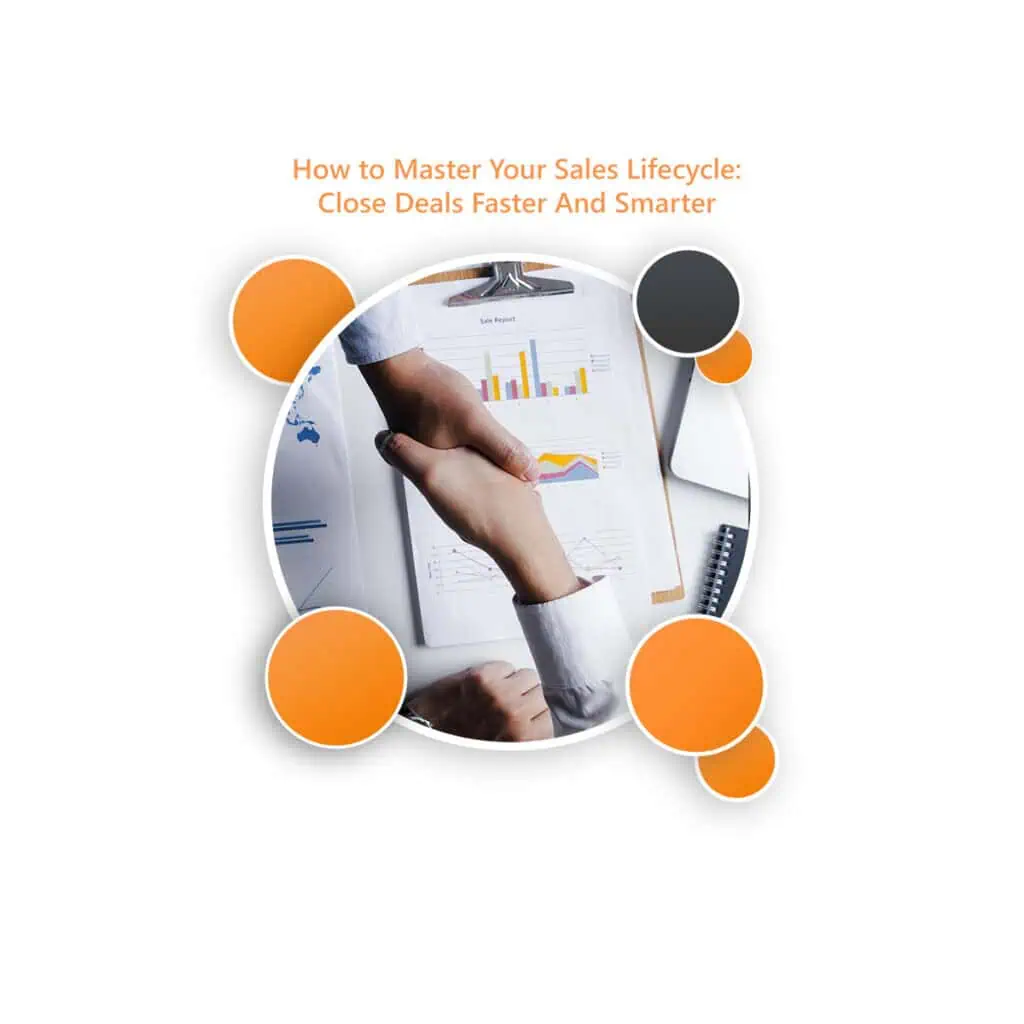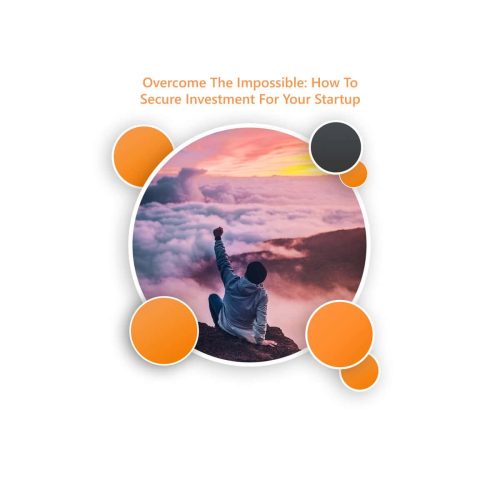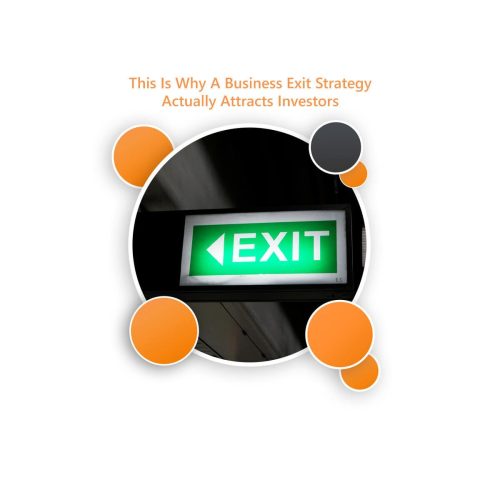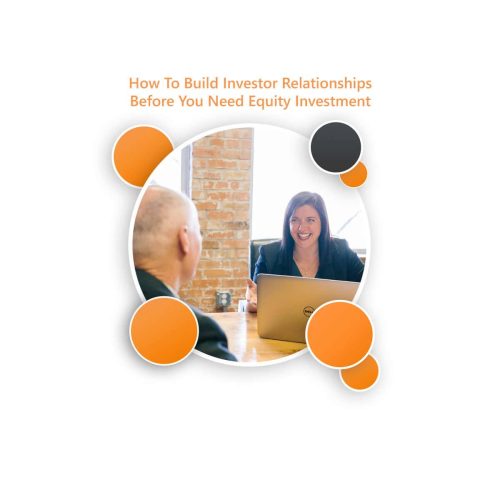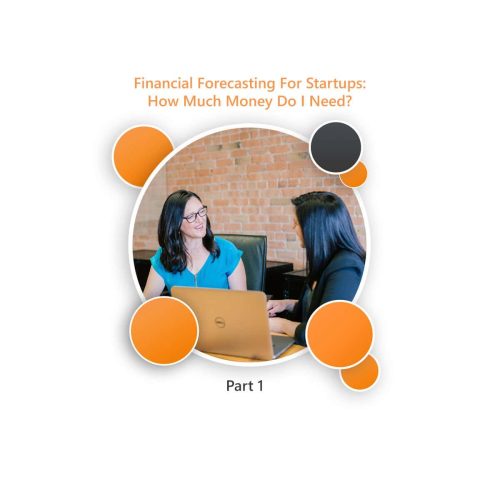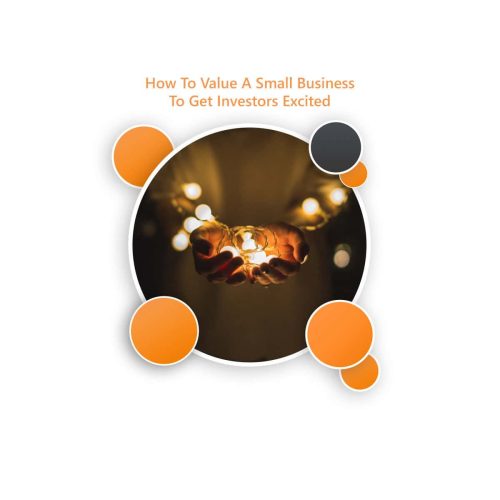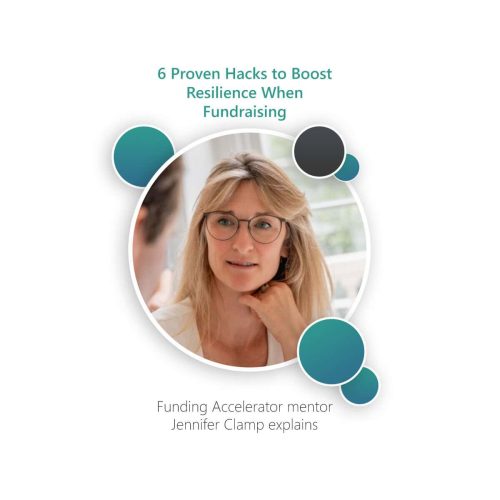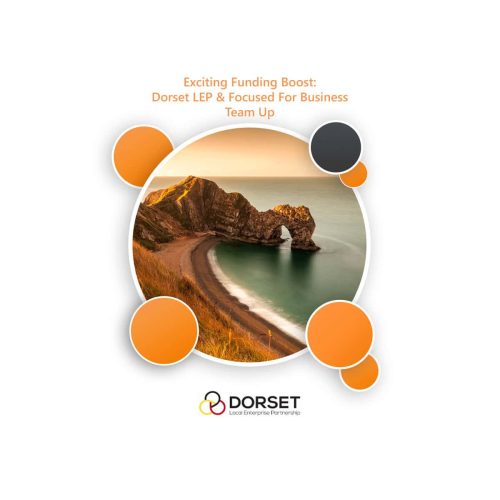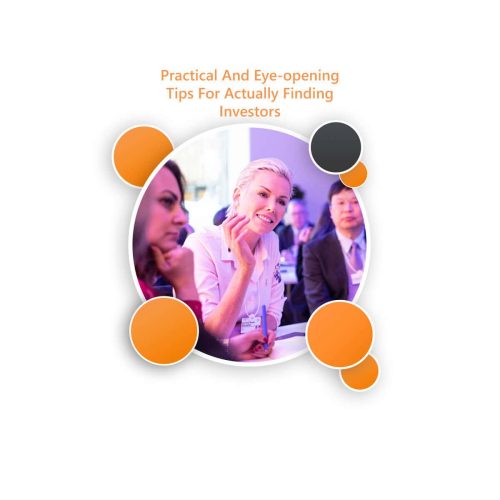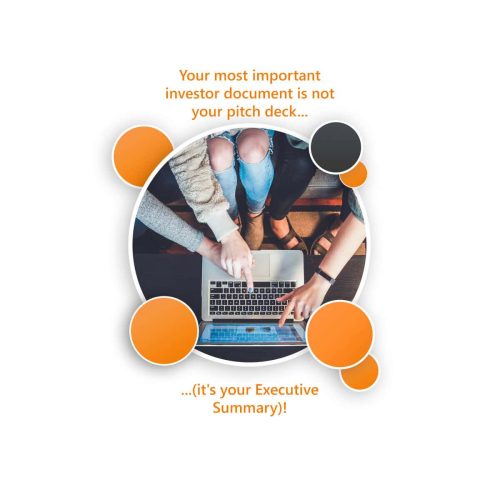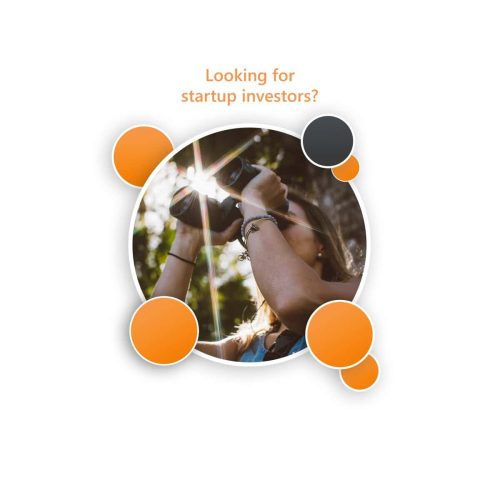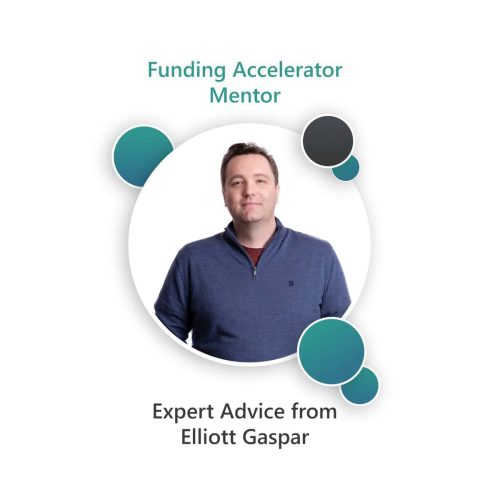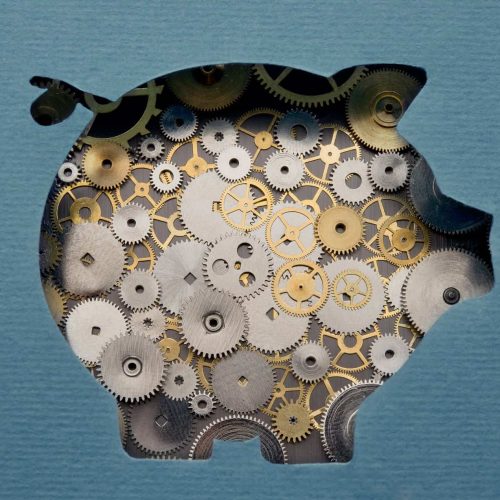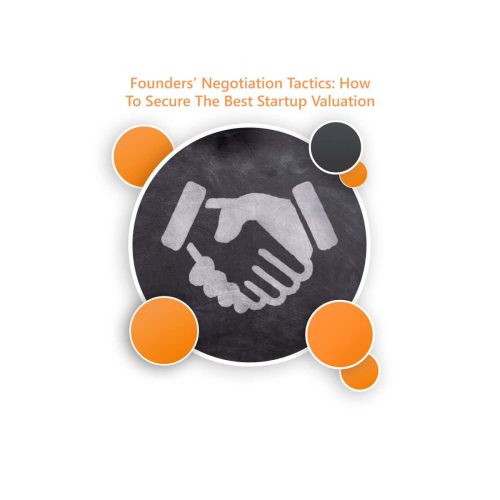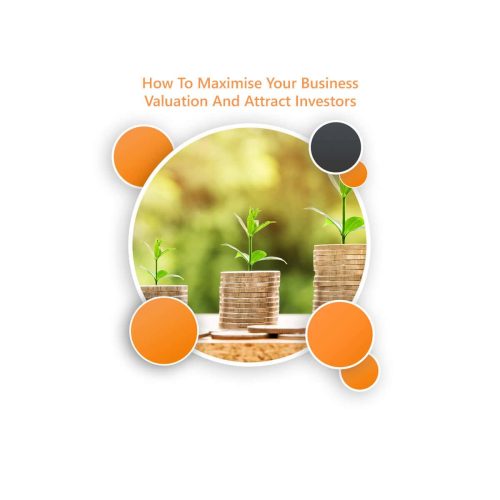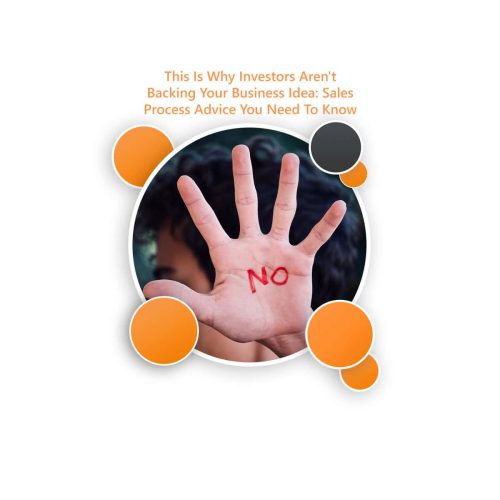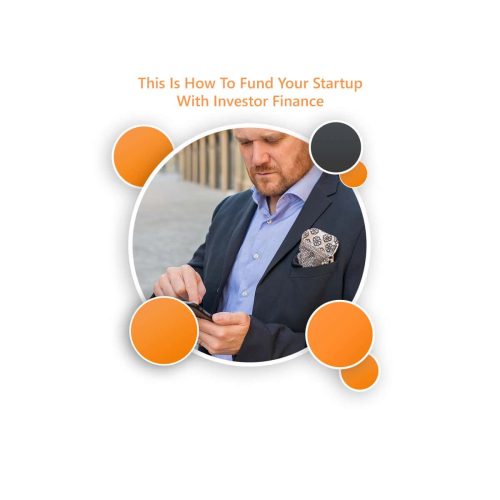Sales lifecycles can be a real puzzle, can’t they? One moment you’re full steam ahead with a potential customer, and the next, you’re bogged down in endless back-and-forths. For startups and early-stage ventures, the stakes are even higher because every sale counts. A prolonged sales cycle doesn’t just slow down your revenue; it can dampen team morale and divert energy from growing the business.
Funding Accelerator mentor Rhona Munro, a seasoned scale-up specialist, business advisor and Leadership Coach, recently ran an engaging workshop for our community of founders. Rhona outlined how mastering your sales cycle is essential for building growth in your startup.
With a few key strategies, you can streamline the process, target the right people, and close deals faster. Let’s dive into some actionable insights that Rhona highlighted in her workshop..
1. Start with the Right Person
If your sales cycle feels like it’s dragging, ask yourself: Am I talking to the right person? In many cases, especially in B2B sales, the answer might be “not quite.” You could be speaking to someone who loves your product but doesn’t have the authority to make a decision.
A prolonged sales process often signals that key decision-makers aren’t in the loop—or worse, keep changing. To avoid this pitfall, do your homework early on. Identify the person who has the final say and prioritise building a relationship with them.
Pro tip: Don’t be afraid to ask early in the conversation, “Who else might need to be involved in this decision?” This small question can save you weeks of spinning your wheels.
2. Tailor Your Message to the Audience
One of the most common missteps in sales is speaking to customers in a language they don’t understand—or worse, don’t care about. A potential customer isn’t interested in your technical specs, your years of R&D, or the fancy algorithms you’ve built. What they want to know is: How will this product solve my problem?
For example, if you were selling an Eco-Friendly cleaning solution, you could talk about biodegradable surfactants and zero-VOC compounds, but most customers just want to know: Is this safe for my children and pets and does it work? A powerful clean that’s safe for your family and the planet says far more than a list of chemical specs ever will.
The lesson here? Speak directly to your customer’s pain points and make your messaging crystal clear. What problem do they have, and how does your product solve it? Forget the jargon. Highlight the impact your product will make on their life or business.
3. “Speculate to Accumulate” – Build Trust First
Here’s a powerful strategy: Start small. Not every sale needs to be a full-scale, high-commitment deal right off the bat. Sometimes, the fastest way to close a sale is by offering a smaller step-in solution.
For example, if your product feels like a big investment to a customer, consider offering a scaled-down version or a trial. This approach allows them to experience the value you bring without the perceived risk. Once they see results, you’re in a much stronger position to upsell.
As Rhona aptly put it, sometimes you need to “speculate to accumulate.” This isn’t about giving away your value; it’s about building trust. And trust is often the shortest path to sealing the deal.
4. Simplify, Simplify, Simplify
Complexity is the enemy of a quick sales cycle. If your process involves too many steps, too many people, or too much back-and-forth, it’s time to simplify.
This might mean:
- Streamlining your onboarding process so customers can start seeing value sooner.
- Offering clear, easy-to-understand pricing.
- Preparing concise proposals that focus on outcomes rather than details.
Your job is to make it easy for the customer to say “yes.” If they feel overwhelmed, they’ll put off the decision—and that’s how sales cycles stall.
5. Don’t Be Afraid to Ask for the Close
This one might sound obvious, but you’d be surprised how often salespeople hesitate to ask for the sale. Sometimes, we get so caught up in nurturing the relationship that we forget to nudge it toward a decision.
If you’ve done the work—built trust, answered objections, and demonstrated value—don’t shy away from asking, “What would it take for us to move forward today?” A well-timed question can be all it takes to close the deal.
6. Keep Momentum with Follow-Ups
Even with the best strategy, not every sale will close immediately. That’s where consistent follow-ups come in. But here’s the key: Make your follow-ups valuable.
Instead of just checking in with “Any updates?” offer something useful. Share a case study, a recent win, or a new feature they might find interesting. The goal is to keep the conversation moving forward while reinforcing your value.
7. Sales Cycles Are All About the Customer
At the end of the day, a sales cycle isn’t just about getting to “yes.” It’s about making sure your customer feels heard, understood, and supported. Every interaction is a chance to build trust and show that you’re invested in their success.
If you can focus on making their buying journey as easy, clear, and tailored as possible, you’ll see shorter cycles, stronger relationships, and more closed deals.
Final Thoughts
Sales cycles can feel daunting, but they don’t have to be. By targeting the right decision-makers, simplifying your process, and tailoring your messaging, you can close deals faster without compromising on quality or value.
Remember, it’s not just about what you’re selling—it’s about how you make your customer feel throughout the process. Build trust, speak their language, and make it easy for them to say “yes.”
Investors will review your sales process as part of their due diligence before making an investment in your business. They will be wondering if there are ways you can speed up your sales cycle. If you are preparing for an investment round and want support strengthening your sales cycle – whether it’s rethinking your messaging, refining your process, or simply reaching out to the right person- consider joining our Funding Accelerator? You’ll get access to all our mentors and be able to chat one-on-one with Rhona Munro as part of preparing for a funding round.
- Founders’ Negotiation Tactics: How To Secure The Best Startup Valuation - May 12, 2025
- How To Master Your Sales Lifecycle: Close Deals Faster And Smarter - April 30, 2025
- How To Maximise Your Business Valuation And Attract Investors - April 7, 2025

